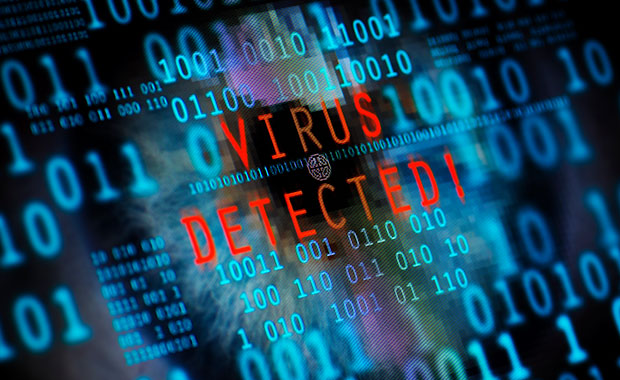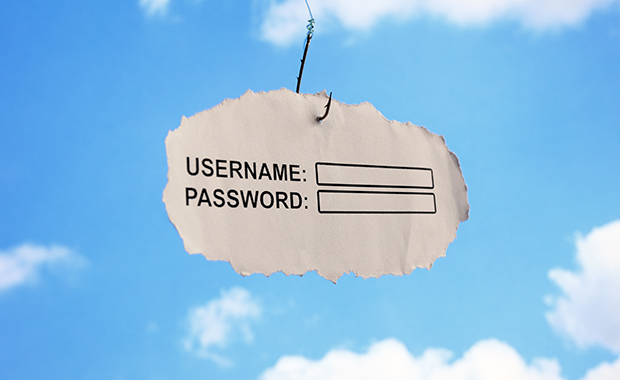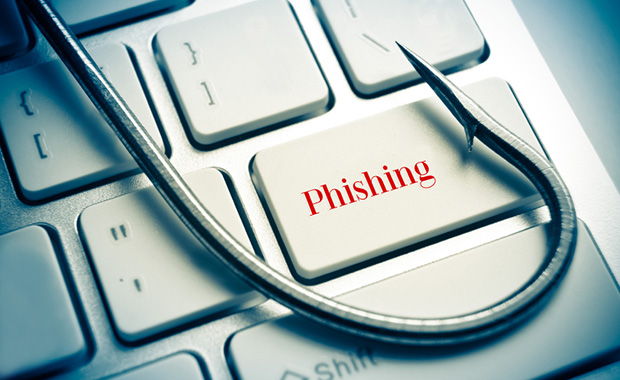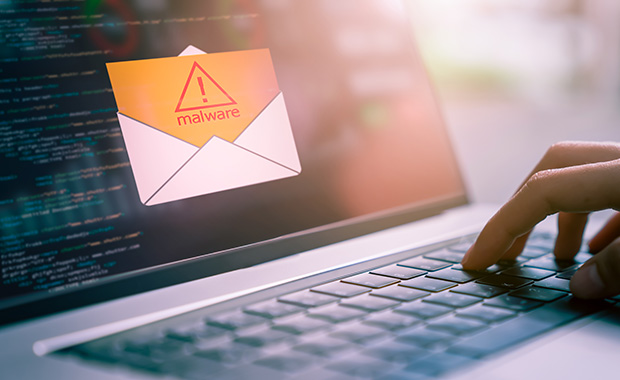Trojan horse computer virus: What it is and how to stay safe
A Trojan horse isn’t just a story from Greek mythology – it’s a major threat to your digital life. A Trojan horse computer virus can hide inside what looks like a harmless file or program. But once it’s in? It can damage your device or steal your data without you noticing.
more
19 people found this article helpful.
What is a brushing scam? How to identify and report brushing
Who doesn’t love getting a package!? But wait – even though it’s addressed to you, you don’t remember ordering anything. And when you open the package, there’s just a single pair of socks and no message. What’s going on?
more
72 people found this article helpful.
How hackers steal passwords - and ways you can protect yours
From sophisticated programs to simple guesswork, there are many ways hackers steal passwords. No matter how your password lands in the hands of a cybercriminal, a hacked email account can be a real headache with often unforeseen consequences. Discover how to protect yourself from the most common methods of password theft.
more
408 people found this article helpful.
Email spoofing: Definition and how spoofing works
A friend tells you they’ve received a strange email from your address, but there’s no sign of suspicious emails in your sent mail folder. Your caller ID shows a number you recognize, but there’s a strange voice on the other end of the line. Both of these are examples of spoofing, or communications under a faked name.
more
89 people found this article helpful.
What is an ecard? How to (safely) send last-minute holiday greetings
Are ecards still a thing? They may seem like a relic belonging to the early days of the internet, but in 2021 the New York Times reported a pandemic-related resurgence in ecards. Ecards are not just sent as email attachments anymore – there are also versions to send by text message or on social media platforms.
more
321 people found this article helpful.
Don’t get hooked: Avoid phishing with these 2024 blog posts
Phishing scams grow more sophisticated every year, using deceptive tricks to steal your personal information and compromise your security. And taking the bait can have serious consequences: identity theft, financial loss, and data breaches.
more
14 people found this article helpful.
Malware types: Do you know the true meaning of malware?
Feeling cybersecure? Ever stared at the computer screen hoping a malware attack was just some horrible practical joke? If you are like the rest of us and have experienced this moment, then don’t worry we’ve got your back.
more
2,402 people found this article helpful.
Black Friday turns into spam week: 10% spike in phishing emails
As online shoppers gear up for Black Friday bargains, email provider mail.com highlights an often-overlooked downside of the season: a 10% rise in spam and phishing emails. The sharp increase during Black Friday week reflects how scammers exploit the seasonal shopping rush.
more
21 people found this article helpful.
Deepfake phishing: A new wave of cybercrime & how to protect yourself
Online phishing scams are getting scarier by the minute. Thanks to the rapid evolution of artificial intelligence, phishing attacks now have a new weapon: deepfake technology.
more
135 people found this article helpful.
I know where you live: Creepy scam emails with personal details
Phishing emails are bad enough. But have you ever opened your inbox to find a threatening message claiming that hackers have access to your webcam – complete with some personal information or even a photo of your home? These frightening emails are part of a growing trend of blackmail email phishing scams and extortion online.
more
57 people found this article helpful.









